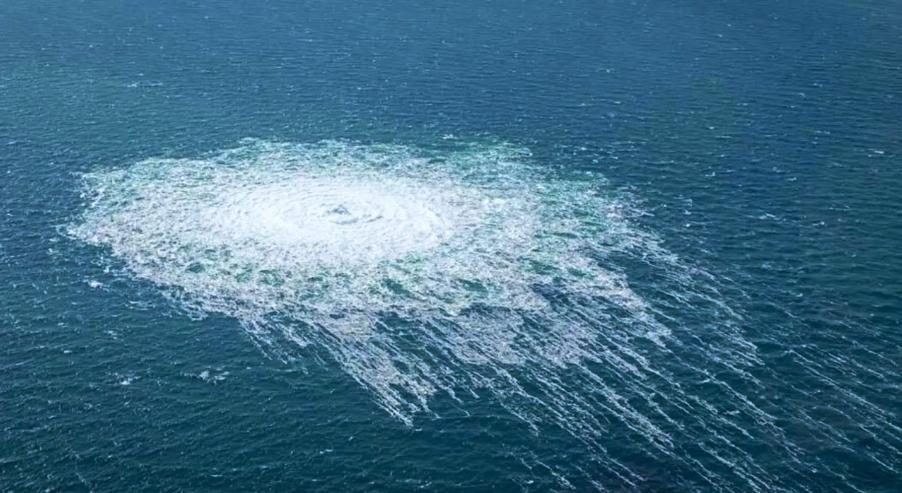On the night of September 29, the Swedish Coast Guard discovered the fourth leak from the Nord Stream and Nord Stream 2 gas pipelines.
Recall that earlier the operator of the system – a subsidiary of Gazprom, Nord Stream AG – announced the destruction of three of its threads – they all go from Russia to Germany along the bottom of the Baltic Sea. As a result of incidents, masses of natural gas enter the water area. We talk about the incident and explain what it is fraught with for nature.
The destruction is unprecedented
On Thursday night, the Swedish coast guard found the fourth leak from the Nord Stream 2 gas pipeline, the site of the incident is in the economic zone of Sweden. Gas bubbles up on the sea surface with a diameter of about 200 meters. Recall that each of the gas pipelines – “Nord Stream” and “Nord Stream – 2” consists of two threads. Earlier it was reported that during the first incidents that occurred on the night of September 26, three out of four gas pipelines were damaged. Whether the appearance of the fourth leak means that all four lines of the gas pipeline are out of order is still unclear.
Accident poses risks to marine life and climate
The main component of natural gas is methane, which threatens marine life on its way to the surface, Anna Kurbatova, a specialist in the Department of Environmental Safety and Product Quality Management at the Institute of Ecology, told Plus-one.ru. “Undoubtedly, part of the fauna in the disaster area will die. Large mammals such as seals or seals will migrate from these areas. The extent of the damage has yet to be assessed. In addition, methane can catch fire, which will cause additional damage to nature, ”the expert believes.
According to a representative of the Peoples’ Friendship University of Russia, after reaching the surface, methane enters the atmosphere, and since this gas has a high heating potential, surpassing CO2 by 25 times, the incident will contribute to climate destabilization. “But from the point of view of ecology, the incident is rather local. The volume of gas in the pipes is limited, this is not a large well. There should be no serious consequences for the Baltic Sea,” says Anna Kurbatova.
Environmental damage due to leaks at Nord Stream will not be significant, agrees Andrey Bobylev, adviser to the director of the All-Russian Research Institute of Fisheries and Oceanography. “When the pressure drops, the offshore gas pipeline systems are switched off. Therefore, we are talking about the destruction of local benthic fauna and vegetation on several hundred square meters, ”he told Plus-one.ru.
Chemist and eco-blogger Georgy Kavanosyan disagrees with previous experts. In his opinion, if the leaks are not eliminated in the near future, the damage to nature can be very serious. “Methane is one of the most dangerous types of greenhouse gases. In addition, methane in water can become a source of additional threat to both marine life and ships passing through these areas. We are waiting for preliminary damage from the Danes,” the expert wrote in his telegram channel. However, he later added that the disaster can still be called local, and the greatest damage to marine life could be caused by a hydrodynamic shock from explosions.
Western climatologists have expressed fear that leaks in gas pipelines will lead to massive greenhouse gas emissions, Canadian news agency Reuters reported. However, the experts found it difficult to assess the scale of the tragedy, since they did not know how much hydrocarbons were pumped into the pipes, and also how quickly the repairmen could stop the leak.
The German environment ministry said the leaks do not pose a serious threat to marine life. At the same time, representatives of the international environmental organization Greenpeace expressed concern that fish could get into the gas plumes and get blocked blood vessels with a fatal outcome.

